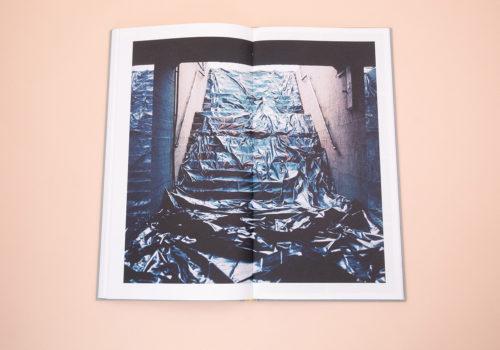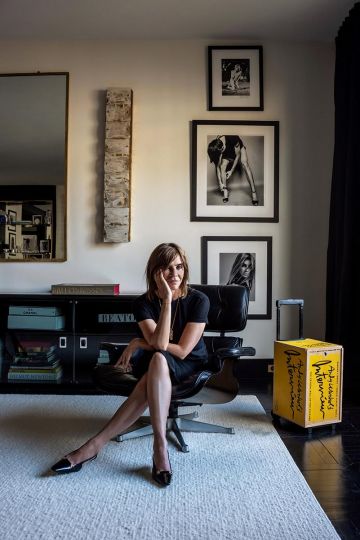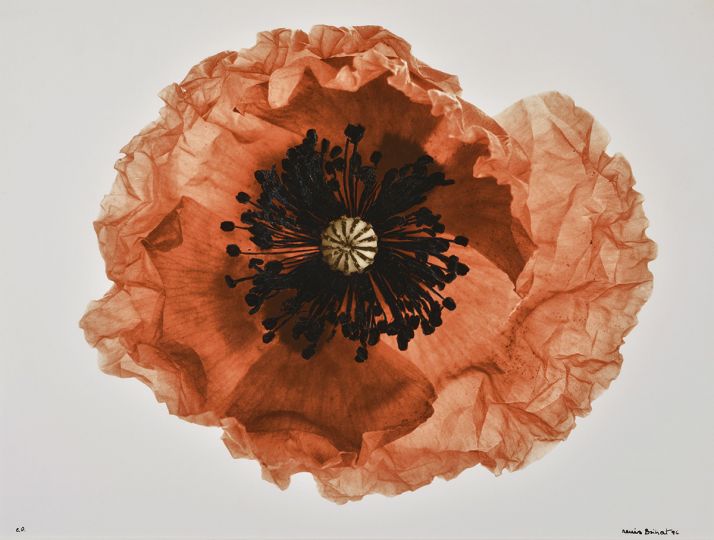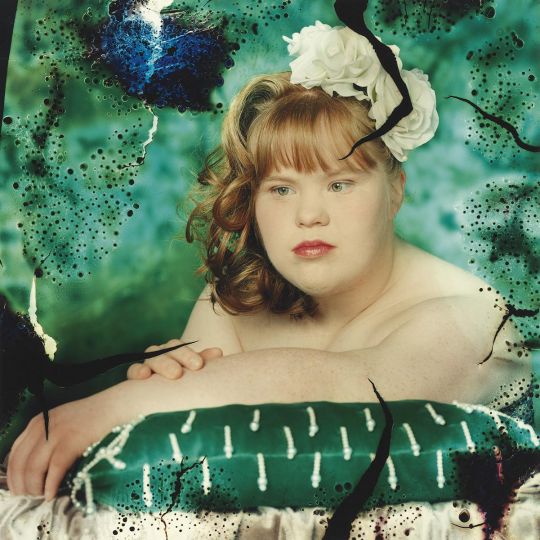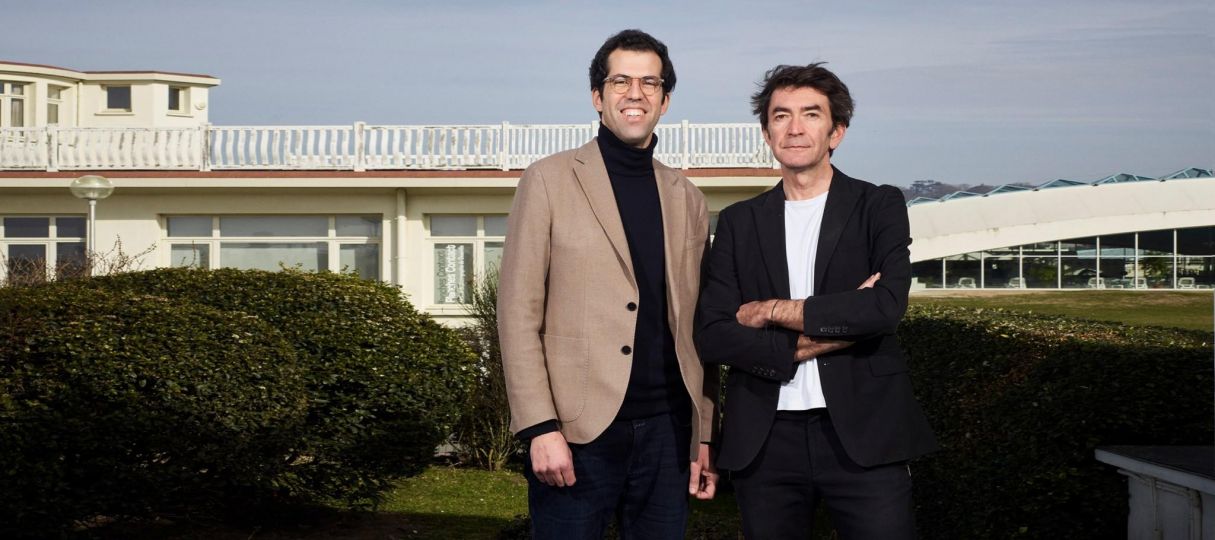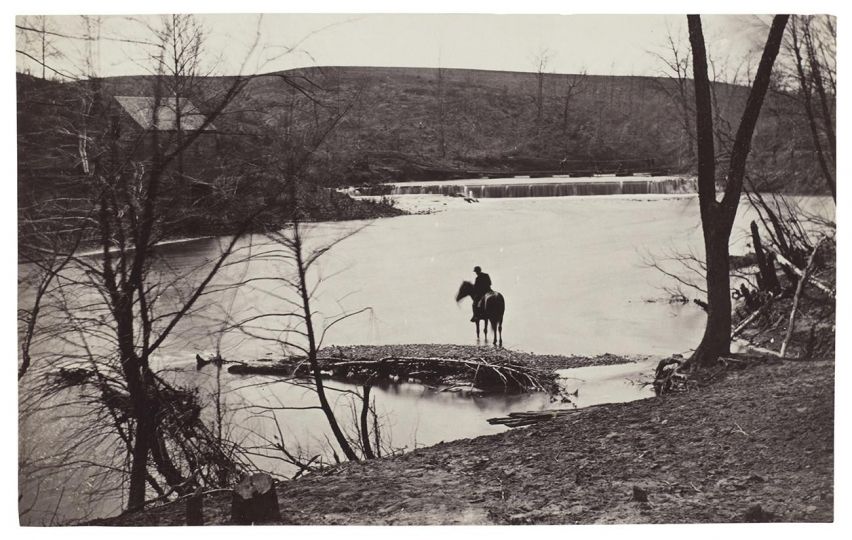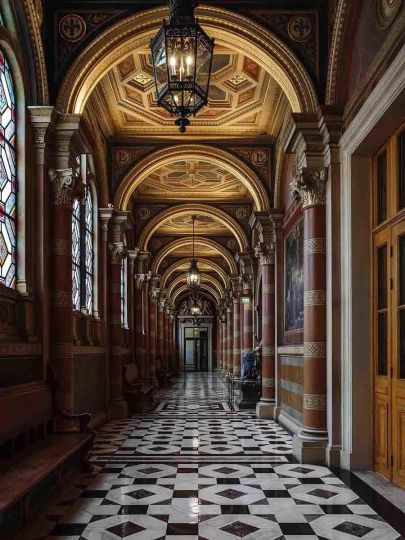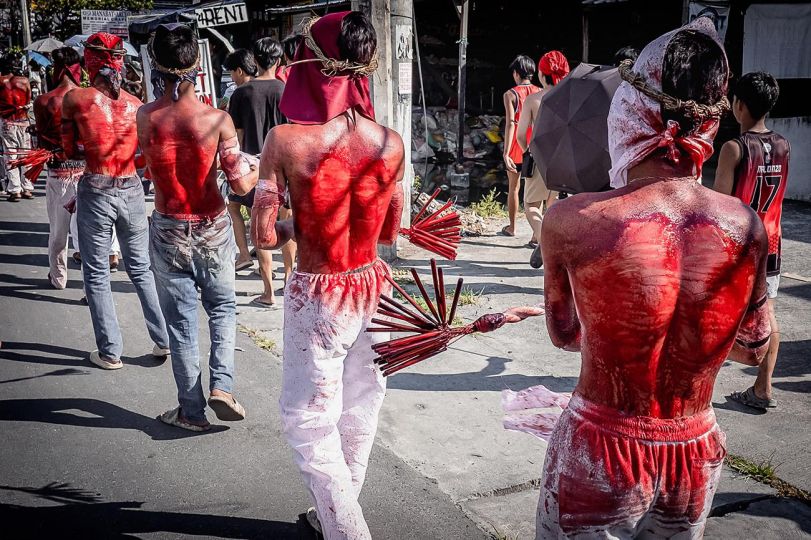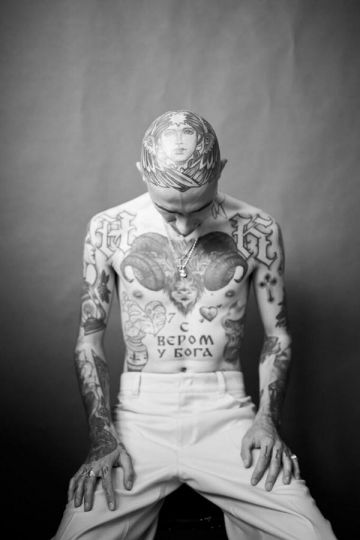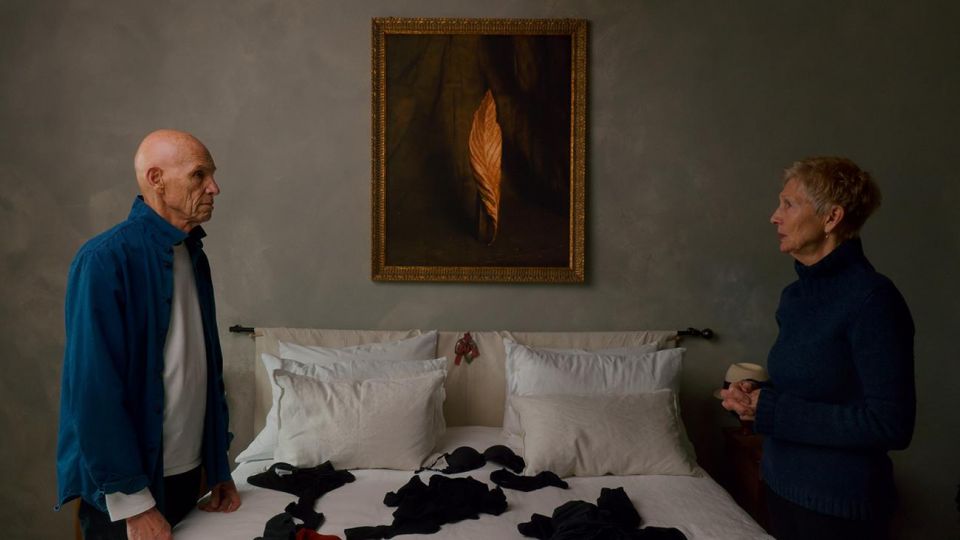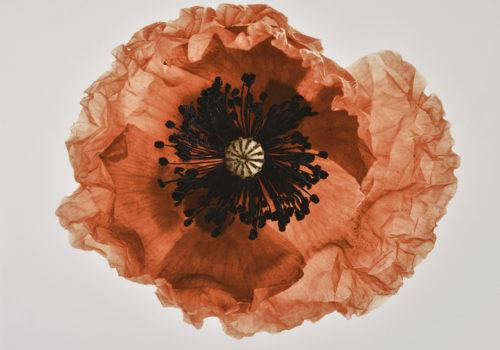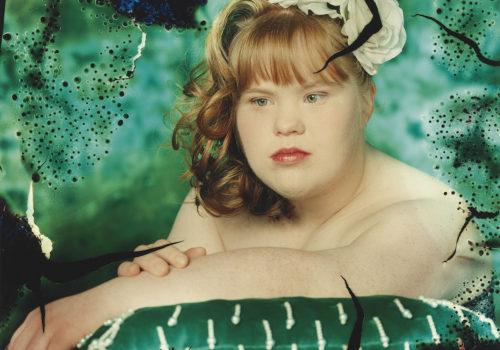When I received this email from Maté Bartha, I didn’t understand anything. This is one of the most enigmatic book presentations we have received. The title of the book is Anima Mundi published by The Eriskay Connection.
I’d like to attract your attention to my photobook titled Anima Mundi, published just recently and presented at Paris Photo. The material has been developed conceptually together with Emese Mucsi, curator of the Robert Capa Center Budapest, and it has been designed by Carel Fransen, owner of the book’s publishing house, The Eriskay Connection from the Netherlands. The material has won the main jury prize of Les Boutographies 2024 in Montpellier.
Anima Mundi is an obscure encyclopedia, a meta-book, attempting to uncover the hidden anatomy of the contemporary “lebenswelt” through observing the visual-grammatical structures of the metropolis, driving inspiration from late-Renaissance codexes.
So, intrigued, I asked for pictures and an explanation. Here they are:
Anima Mundi, meaning ‘world spirit’, is rooted in Platonic thought and reflects the ancient concept of a universal organising principle that connects all beings. However, it’s not the existence of such a force, but humanity’s intrinsic need to believe in it that sparked the interest of Máté Bartha photographer, and his partner in formulating the concept of the series, Emese Mucsi, curator.
The series explores the hidden anatomy of an archetypal metropolis, portraying urban space as a social product. A ‘second nature’ shaped by human hands, yet one that has evolved into an autonomous organism no longer governed by its creators. This challenges anthropocentric views and encourages a shift towards understanding the city through a post-human grammar.
Bartha takes on the role of a fictional observer, wandering through the metropolis like a detective in search of patterns, hidden connections, and the elusive ‘order of things’. Photographs of both real and staged scenes from various global locations are collaged into an unidentifiable, virtual cityscape. Grid structures, posters, and other urban elements recur as motifs, but offer no clear orientation, reflecting the ambiguity and complexity of modern life. Presented in a modular grid, they serve as metaphors for humanity’s attempt to find structure and meaning in an often arbitrary world.
The project has been manifested as a book in 2024, published by The Eriskay Connection and designed by Carel Fransen as an obscure encyclopedia, Anima Mundi draws inspiration from enigmatic works such as the Voynich Manuscript, Robert Fludd’s mystical diagrams, and Luigi Seraphini’s Codex Seraphinianus – each of which attempts to capture a world in its entirety through complex and often cryptic visual codes. Divided into chapters that examine urban phenomena from the microcosmic to the cosmic, it invites the reader to act as an interpreter, searching for a hidden logic behind the scenes.
The book comes complete with essays from Emese Mucsi, curator of the Robert Capa Contemporary Photography Center, Budapest, and dr. Paul Dijstelberge, library director of the Embassy of The Free Mind, Amsterdam.
The exhibition has won the main jury prize at Les Boutographies, Montpellier, 2024
Maté Bartha : Anima Mundi
Publisher: The Eriskay Connection
Pages: 142
Dimensions: 160 × 310 mm
Format: Hardcover
Language: English
www.eriskayconnection.com
www.barthamate.com
@mate.bartha

